Vietnam is not only known for its breathtaking natural landscapes but also as the cradle of an ancient and vibrant culture. Through thousands of years of history, Vietnam’s cultural heritage sites and historical landmarks have stood the test of time, serving as living testaments to the creativity, intellect, and spirit of the Vietnamese people.
To date, UNESCO has recognized 8 cultural world heritage sites in Vietnam – each offering a journey into the country’s memory, art, belief systems, and people. In this post, Viet Orchid Travel will take you on a journey through 8 must-see UNESCO World Heritage sites in Vietnam. Whether you’re visiting for the first time or returning to explore more, these cultural gems will inspire your travel dreams and deepen your connection with Vietnam’s vibrant heritage.
The Complex of Hue Monuments was recognized as a UNESCO World Cultural Heritage Site in 1993. Once the political, cultural, and religious center of the Nguyen Dynasty, Hue is a vivid symbol of an important era in Vietnam’s history. Its palaces, temples, royal tombs, and pagodas blend harmoniously with nature and embody deep Eastern philosophy.
Hue is a favorite destination for many travelers. Walking through the Imperial City, watching the sunset along the Perfume River, or visiting the intricately inlaid Khai Dinh Tomb – Hue is not just a heritage site, but a living dream. You can also take part in traditional festivals, enjoy Hue’s cuisine, and dive deeper into Vietnamese culture.
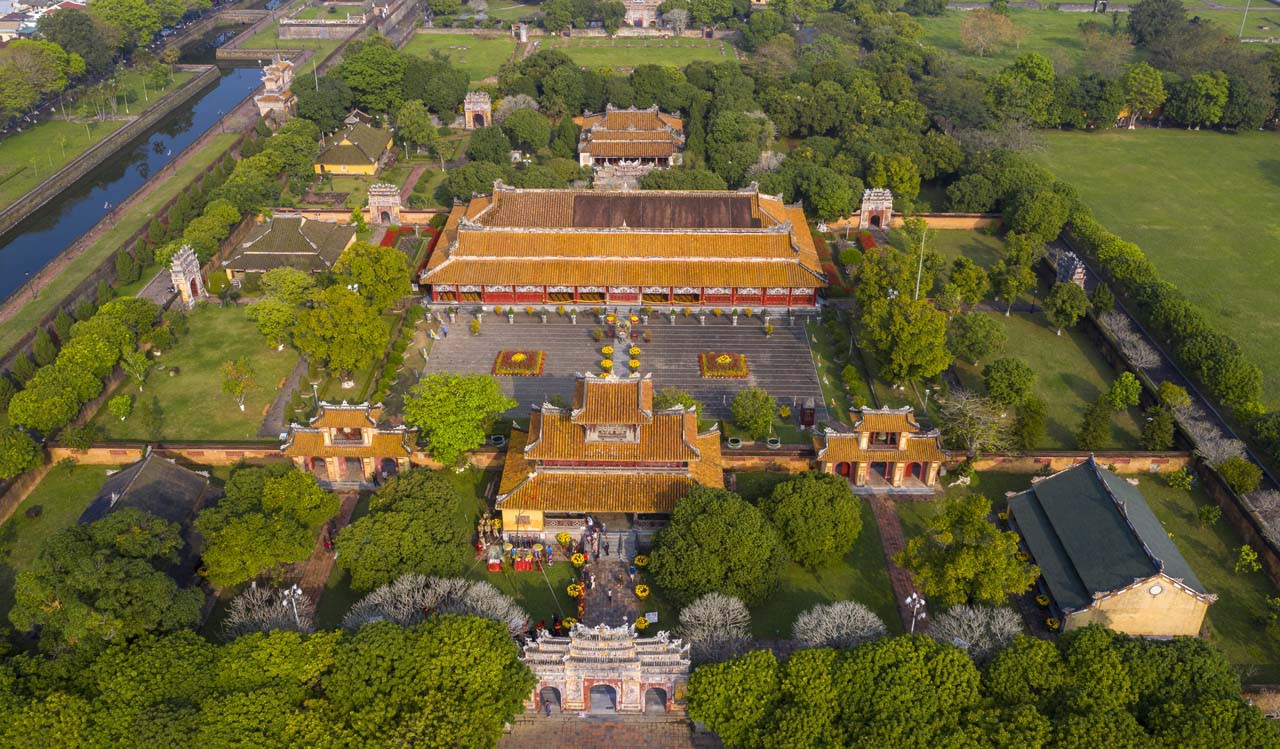
Recognized as a UNESCO World Natural Heritage Site in 1994 (expanded in 2000), Ha Long Bay – the emerald jewel of Northern Vietnam – is famous for its thousands of limestone islands and magical caves rising from clear blue waters. It resembles a vivid watercolor painting and serves as a living geological museum with a history spanning hundreds of millions of years.
Sunset cruises, kayaking through caves, or enjoying fresh seafood – Ha Long offers a fully immersive and enchanting nature experience. It’s a place where you can connect with the natural world and marvel at one of the world’s most iconic natural wonders.
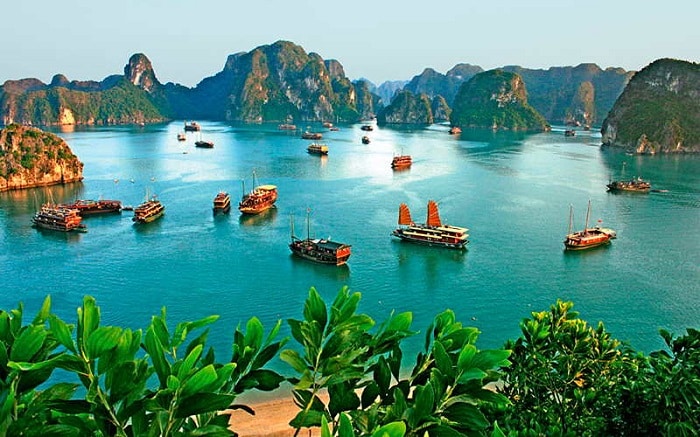
Hoi An Ancient Town was designated a UNESCO World Heritage Site in 1999. A quiet yet vibrant painting, Hoi An’s old streets and rooftops are infused with a sense of timelessness. Once a bustling international trading port in the 16th–17th centuries, it became a cultural melting pot of Vietnamese, Japanese, Chinese, and Western influences – and has remarkably preserved its original architecture.
Start your morning strolling past mossy yellow houses and spend your evening lighting lanterns by the river – Hoi An captures hearts with its simple yet profound charm. Here, you can admire the old town’s beauty, taste signature dishes, shop for souvenirs, and bask in the tranquil and nostalgic atmosphere of the city.
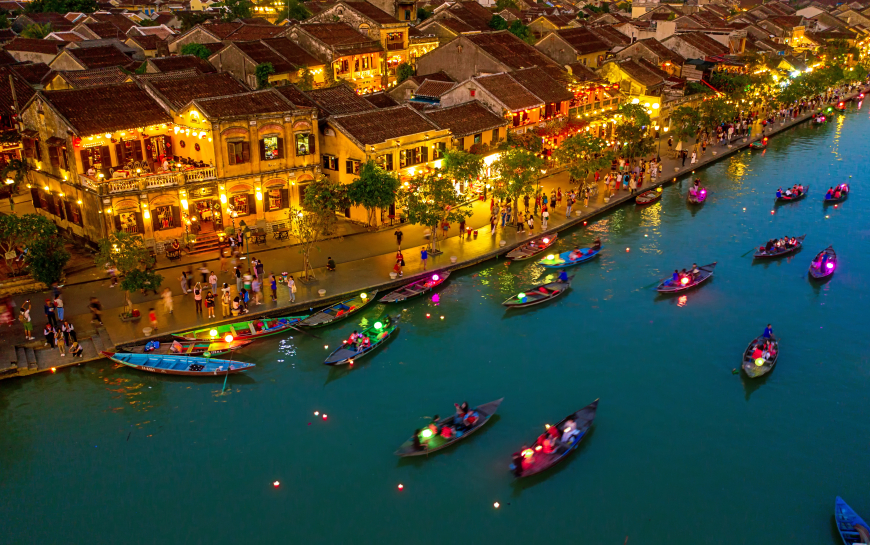
Recognized as a UNESCO World Heritage Site in 1999, My Son Sanctuary is nestled in a lush valley in Quang Nam province. This ancient cluster of Cham temples and towers, over a thousand years old, features mysterious red brick structures and unique Hindu sculptures, making it one of the most important religious centers in ancient Southeast Asia.
Explore ancient temples, admire the distinctive architecture of the Cham people, and learn about the rich history of a once-powerful civilization. Despite the damage from time and war, My Son retains a sacred, captivating aura – a place where you can feel the presence of a lost civilization and experience its mystical legacy.
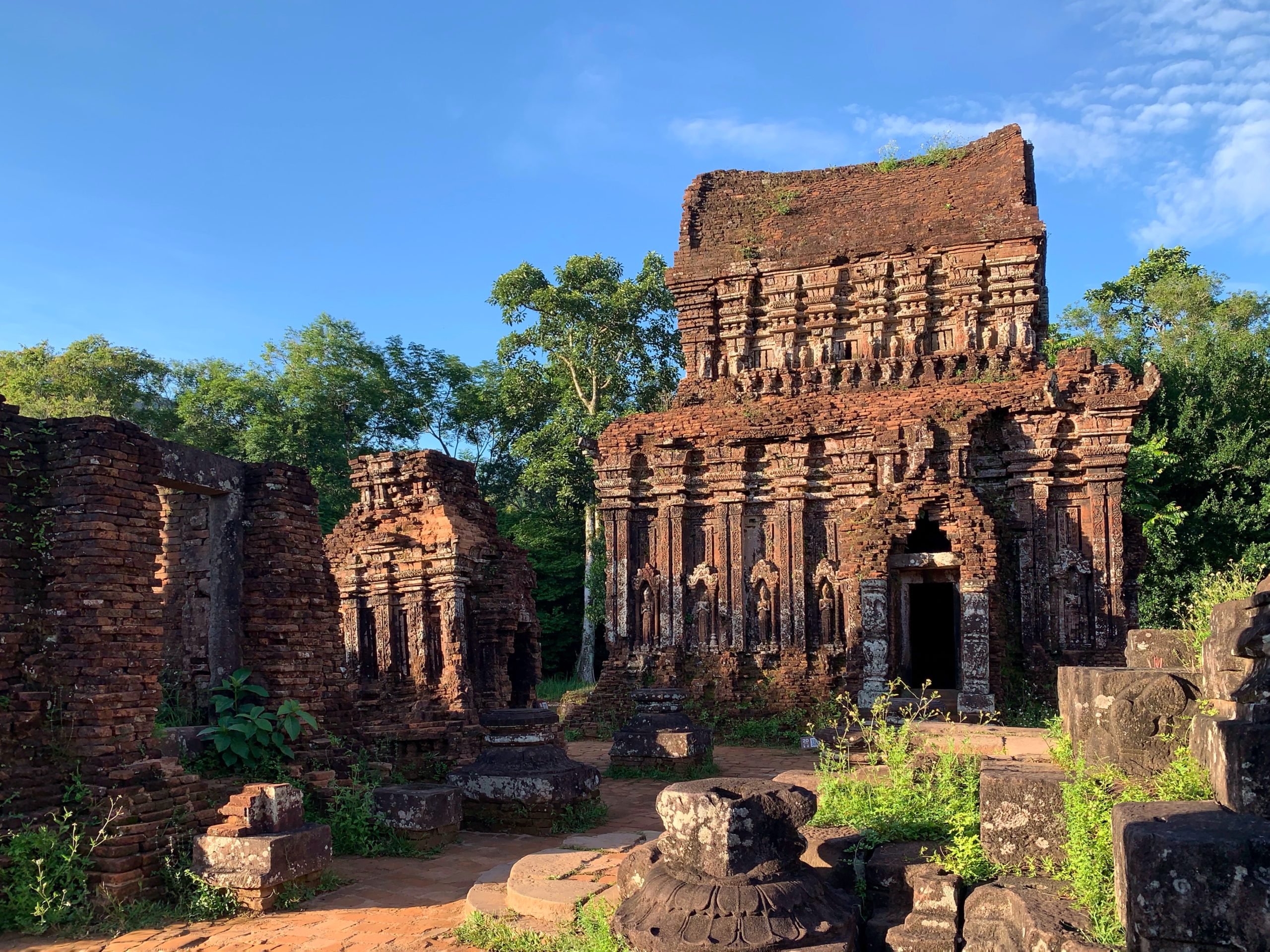
Recognized by UNESCO in 2003 (and expanded in 2015 for its biodiversity), Phong Nha – Ke Bang National Park is dubbed the “kingdom of caves,” boasting over 300 magnificent caves including world-famous names like Son Doong – the largest cave in the world, as well as En Cave, Phong Nha Cave, and Paradise Cave.
Beyond its surreal beauty, this area is a geological treasure trove hundreds of millions of years old, home to rare ecosystems and invaluable scientific resources. It is the perfect place to explore majestic caves, pristine rainforests, and the raw splendor of unspoiled nature.
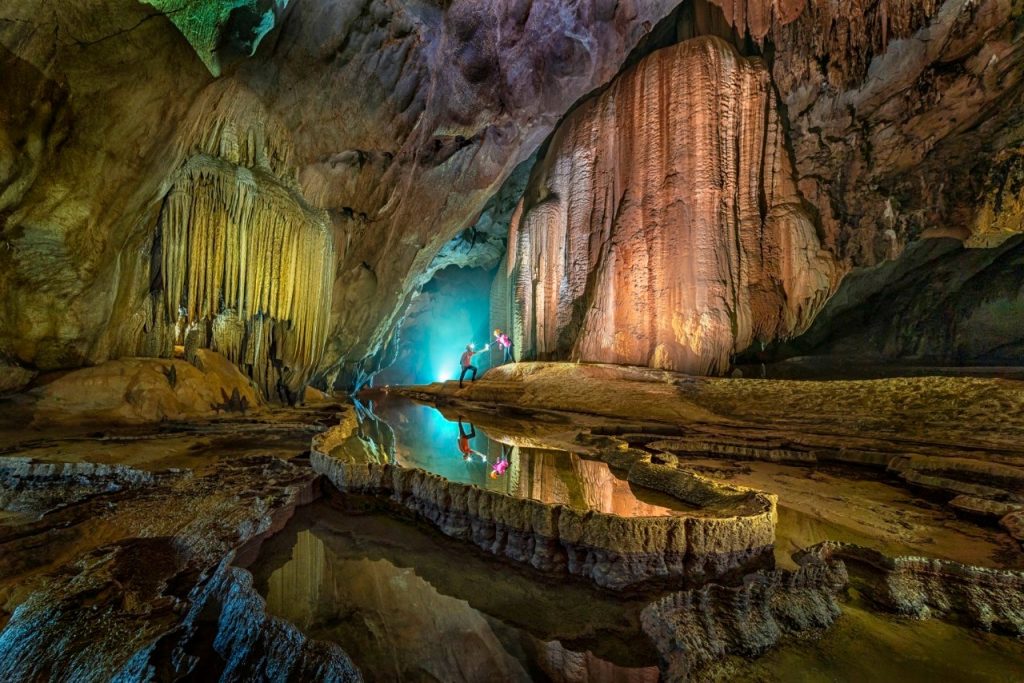
Recognized by UNESCO in 2010, the Imperial Citadel of Thang Long is one of Vietnam’s most important historical sites. Built over several dynasties, this grand structure was the political heart of Vietnam for over a millennium, from the Ly, Tran, and Le to the Nguyen dynasties. The site holds immense historical, cultural, and archaeological value.
UNESCO acknowledged the site’s global significance due to its historical depth, continuous use as a power center, and diverse layers of relics and artifacts. Since its recognition, efforts to preserve and promote the Thang Long Citadel have focused on sustainable heritage conservation. Today, in the heart of modern Hanoi, it stands as a resilient symbol of Vietnam’s roots and national pride.
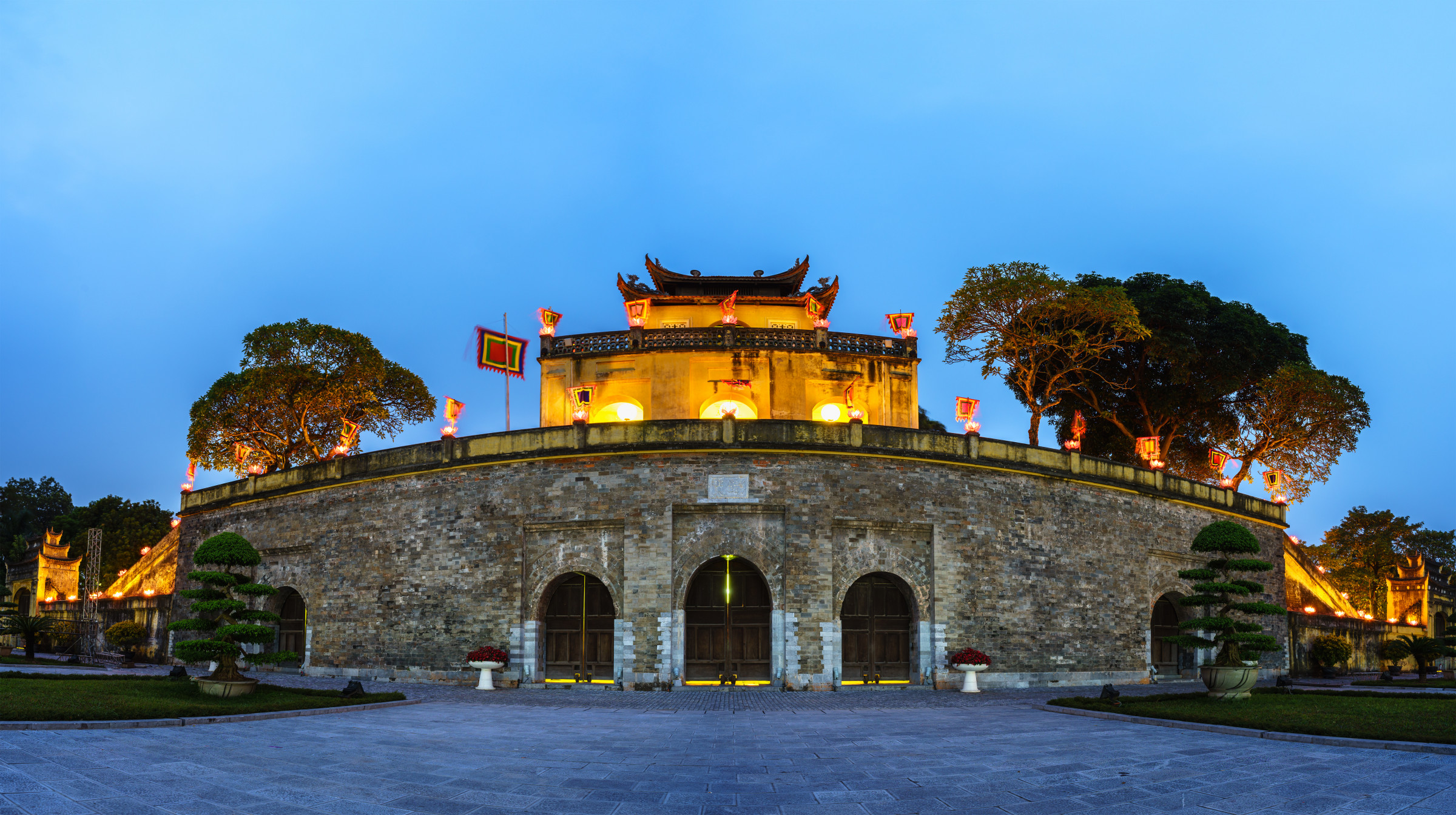
The Citadel of the Ho Dynasty was inscribed as a UNESCO World Heritage Site in 2011. Located in Thanh Hoa province and built in just three months in 1397 using large stone blocks without mortar, it is a rare and extraordinary example of ancient military architecture. Its solid structure and strategic layout reflect the ingenuity and vision of the ancient Vietnamese.
With thick walls, deep moats, and strong fortifications, the citadel was a powerful defense structure. Though lesser-known than other heritage sites, standing before its massive stone walls in the Thanh countryside reveals a serene and majestic beauty.
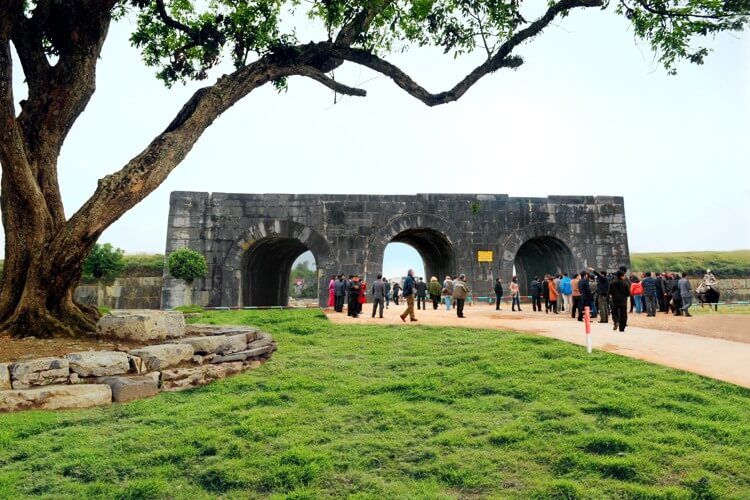
Recognized in 2014 as a mixed cultural and natural World Heritage Site, Trang An is a stunning fusion of dramatic landscapes and ancient cultural values. Towering limestone peaks, water-filled caves, and significant historical sites like the Hoa Lu ancient capital and temples of Kings Dinh and Le create a magical and mysterious world.
Trang An is not just a breathtaking natural wonder; it holds traces of Vietnamese civilization going back over 30,000 years. Cruising through the scenic water routes by boat, you’ll witness nature’s grandeur and immerse yourself in a place filled with unforgettable memories.
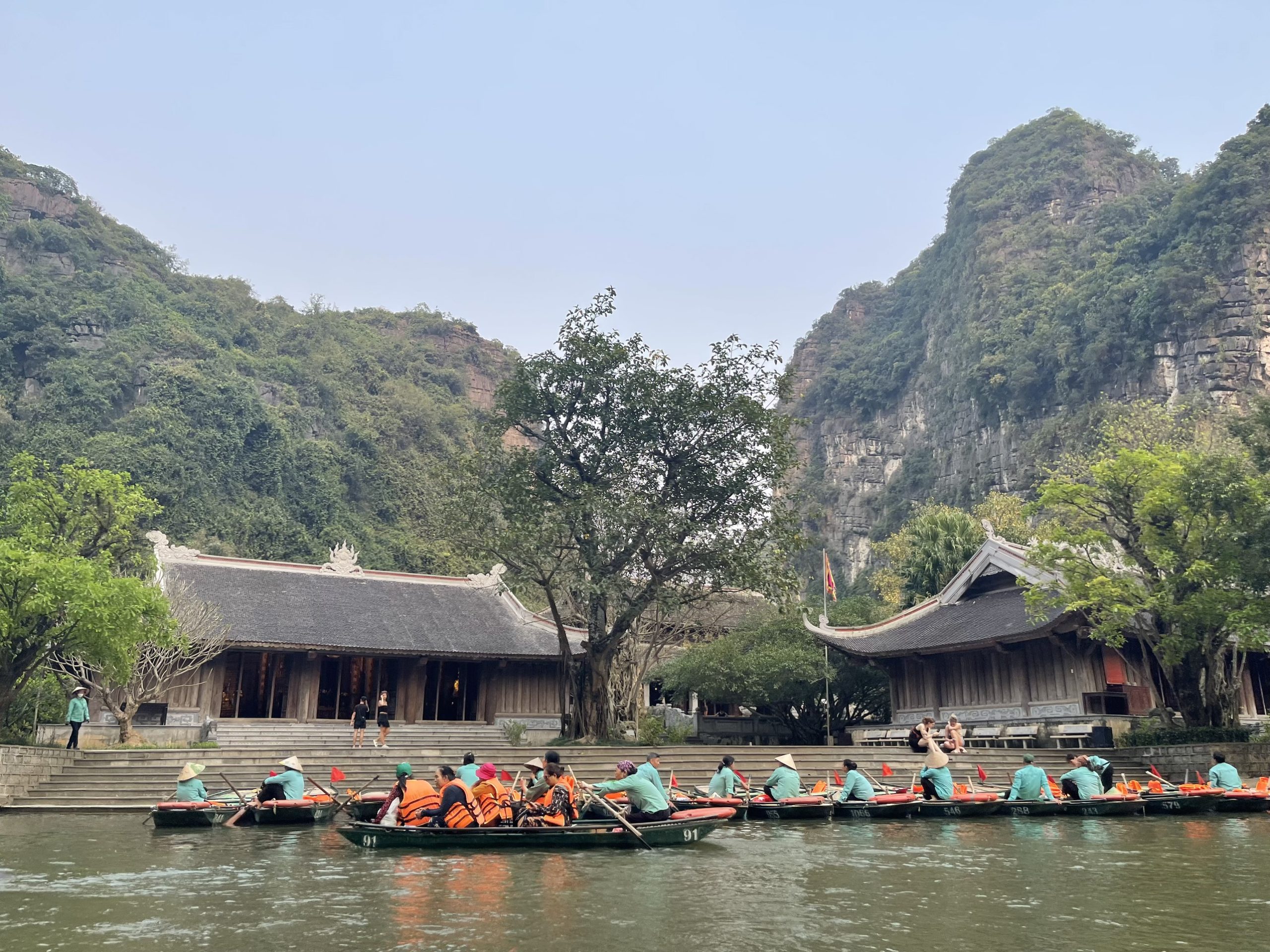
Each UNESCO-recognized cultural heritage site is not only a source of national pride but also a vivid testimony to Vietnam’s deep history, rich culture, and enduring vitality. With each journey, you’re not just sightseeing – you’re touching layers of cultural memory, hearing the voices of the past, and connecting with the vibrant lives of the Vietnamese people.
Let Viet Orchid Travel accompany you on a proud journey to discover the cultural heritage of Vietnam!
Learn more trip HERE